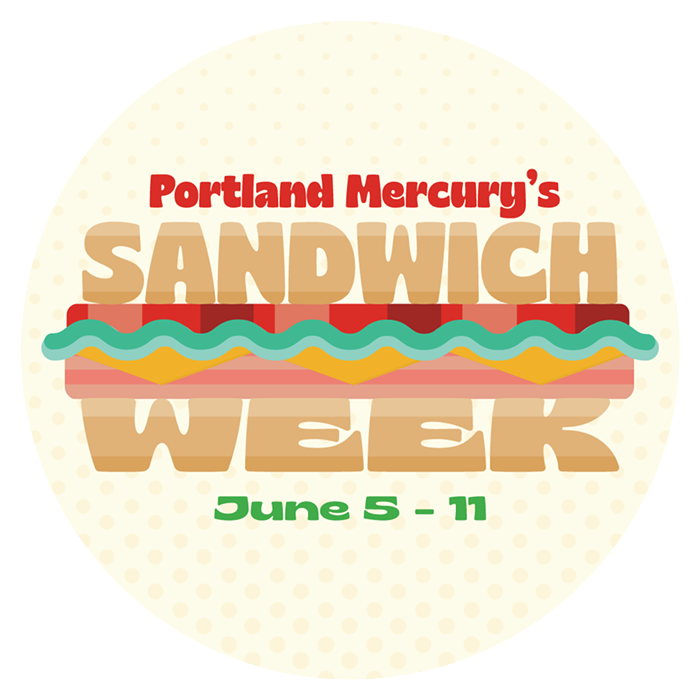IN LATE 1962, with the 100th anniversary of the Emancipation Proclamation approaching, James Baldwin wrote a letter to his 15-year-old nephew, offering advice and caution as to what he, as a black man in America, could expect in his days to come. The following year, the letter was included in Baldwin's book, The Fire Next Time, along with a personal essay examining race, religion, and systemic violence against black people. Reading Baldwin's work now, what's striking is not how far we as a country have come since then, but just how little things have changed.
Between the World and Me, the new book by Atlantic correspondent Ta-Nehisi Coates, follows Baldwin's lead. It is an intimate and candid letter, written by a black father to his teenage son, in a society where blacks are killed with such regularity and impunity that people need to form a movement and wear t-shirts and wave placards to remind the rest of the country that, yes, black lives also matter.
Between the World and Me, which takes its title from a Richard Wright poem, was originally slated for September publication, but was released last month. Christopher Jackson, editor at publisher Spiegel & Grau, explained this decision to the Wall Street Journal, saying, "It spoke to this moment." But this book is no more urgent now than it will be a month or two or three from now; it speaks to this moment no less than it would in 1962 or 2062. Racism and systemic violence against blacks has endured for so long, and will endure as long as Americans continue to hold onto the concept of "race."
"Americans believe in the reality of 'race' as a defined, indubitable feature of the natural world," Coates writes. "Racism—the need to ascribe bone-deep features to people and then humiliate, reduce, and destroy them—inevitably follows from this inalterable condition." Race, he says, "is the child of racism, not the father."
Coates addresses his son, Samori, directly, and unflinchingly. Samori comes of age with a black president and black family in the White House, but also with the routine slaughter of black bodies by the police—the arm of the US government. Coates distinguishes black bodies from black lives, since the black body, historically, has been viewed as either commodity or weapon—anything other than a living, breathing person.
"It is not necessary that you believe that the officer who choked Eric Garner set out that day to destroy a body," Coates tells his son. "All you need to understand is that the officer carries with him the power of the American state and the weight of an American legacy, and they necessitate that of the bodies destroyed every year, some wild and disproportionate number of them will be black."
In his first book, 2009's The Beautiful Struggle, Coates shared the story of his childhood and his relationship with his own father—a Vietnam veteran, a former Black Panther, and a proud and conflicted father of seven, who used a heavy hand to instill tough minds and thick skin in his children. With Between the World and Me, Coates now finds himself in the role of father to a black son, with all the hope and fear that comes with it. Coates recounts his childhood on the tense streets of West Baltimore, his evolving consciousness as a young black man, and his further education on the campus of Howard University. At Howard, which he calls "The Mecca," Coates discovers a strong and enduring black community, and meets the woman who will become his wife and the mother of his son. Howard, with black students of all hues, from all different backgrounds, is not only a Mecca, it is the last, best hope for black survival. "They made us into a race," Coates writes, speaking of white America's capricious racial classifications. "We made ourselves into a people." If James Baldwin found enlightenment on the streets of Harlem and in the black church, Coates found his in the streets of West Baltimore and at Howard University.
After leaving Howard, Coates and his new family moved to Brooklyn in 2001, two months before September 11. In one of the book's more jarring passages, Coates confesses he could draw no distinction between the police officers who lost their lives rushing into the collapsing towers, and the one who shot and killed Coates' friend from Howard, Prince Jones. The story of Jones and his murder by the police winds like a thread throughout Between the World and Me. Jones' life and promise, and his senseless killing, haunt every page.
Early in the book, Coates mentions a photograph, taken at a post-Ferguson rally in downtown Portland in 2014, of a young black boy, tears running down his face, hugging a white police officer. That photograph went viral, and Portlanders patted themselves on the back, while families are rapidly displaced in our own backyard and our neighborhoods remain effectively segregated.
Between the World and Me is not a manifesto, a lesson in history, or call for justice (Coates handled that brilliantly with his 2014 award-winning cover story for the Atlantic, "The Case for Reparations"). Coates does not offer neat and easy solutions to this nation's hundreds-years-old racial problems. Between the World and Me is a personal letter, a plea for his son to understand the beauty and vulnerability of his black body. In contrast with his own father, Coates reaches out to his son using the power of his pen rather than the power of his fist.
"I would not have you descend into your own dream," Coates tells Samori. "I would have you be a conscious citizen of this terrible and beautiful word."















